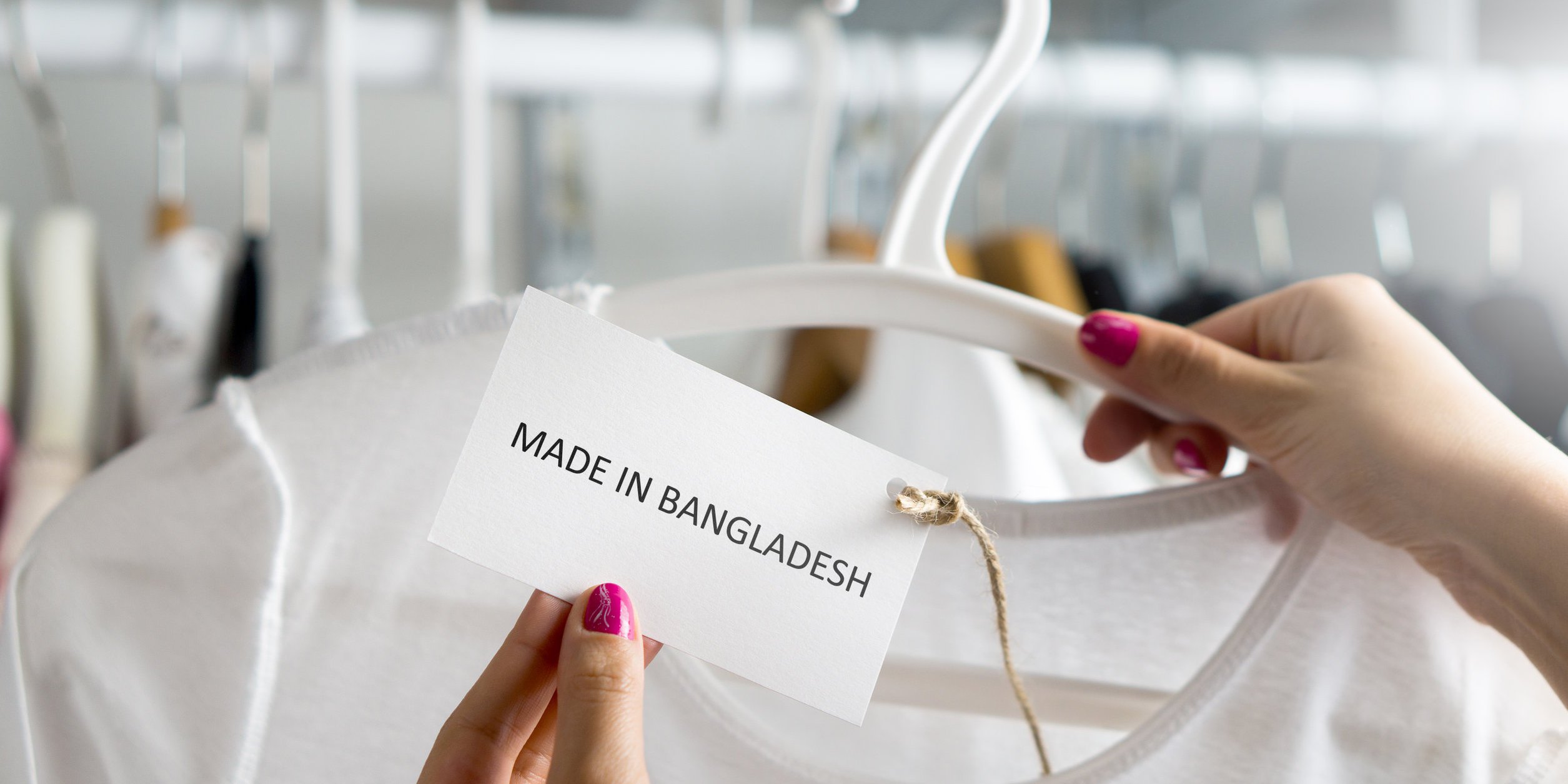The Bangladesh manufacturing sector has had to overcome some negative press over the past few years, especially after an eight-story factory building collapsed in 2013, killing 1,134 people and injuring 2,500 more.
Since then, the country has been under scrutiny to make its garment factories safer and more eco-friendly. Currently, Bangladesh has become one of the most environmentally conscious countries in the world. It now has the highest number of green garment factories with LEED certification.
What Factors Contributed to the Growth of Green Manufacturing in Bangladesh?
As of 2021, the number of green buildings in the country was 144. Among them, 44 have a platinum rating, and 93 have gold standards. Up to 500 garment factories are also in line, waiting for LEED certification by the United States Green Building Council (USGBC).
But what really prompted the green manufacturing revolution in Bangladesh?
Buyers' Demands
In the modern age, social responsibility has become an essential part of running any business, especially in the garment industry. Customers want assurance that the clothes they buy are created and produced with care, using sustainable resources and safe working conditions.
Recent improvements in Bangladesh’ infrastructure, such as the better work programme, have positioned the country as a preferred sourcing partner for conscious brands. Big names such as Disney are leading push back to Bangladesh as a safe and reliable manufacturing center.
Government Policies and Regulations
After the collapse of the Savar Rana Plaza in 2013, the Government of Bangladesh had the responsibility of coming up with acts, regulations, and policies for green development. Some notable initiatives include green credit, environmental compensation mechanism, green banking, green trade, environmental tax, green insurance, urban green space, and green innovation.
World-Renowned Organizations
Calls from global environmental organizations for eco-friendly production were received well by the owners of the garment factories in Bangladesh. As a result, many investors are building companies that meet the goals of sustainable development, including affordable and clean energy, responsible consumption and production, life below water, life on land, climate action, as well as affordable and clean energy.

Benefits of Working with a Green Garment Factory
While “going green” may seem like a superficial move to some companies, this strategy can actually have a direct and significant impact on bottom line profitability. Here are some of the benefits of working with a green garment factory:
Workplace Safety
One of the garment factory's most important responsibilities is keeping its workers safe and comfortable. Green garment factories offer employees a chance to work in a clean and non-toxic environment, free from harmful chemicals and poor ventilation. Environmentally friendly factories are also safer for surrounding communities.
Fewer to no Accidents
Working in an environment where safety precautions are taken seriously means fewer injuries on-the-job. Green garment factories rarely experience accidents like fire outbreaks.
Role in Reducing Pollution
Many garment factories are notorious for throwing their production waste into nearby waterways or landfills, causing severe damage to local ecosystems. By partnering with a green garment factory, you'll help ensure that no polluting materials, such as plastics, chemicals, or dyes, end up in those rivers and seas.
Reach New Demographics
Recent studies show that approximately 67% of consumers consider the use of sustainable materials to be an important purchasing factor. Sustainability is growing in importance across all generations, but most significantly among Millennials and Gen Z. In fact, one third of millennials are more likely to choose sustainable products over an alternative. Companies that do not value sustainability as part of their brand identity are likely to lose part of that market share in the near future.
Be Part of the Green Garment Factory Movement Today
Environmental friendliness is an important consideration for a large number of consumers. By partnering with a green garment factory, importers can not only reduce their environmental footprint, they can also make their products more appealing and use that as a differentiator in the marketplace.
AQF helps overseas importers manage product quality by performing product inspections, factory audits, and supplier audits on your behalf. Our auditors will visit your supplier’s factory to conduct an environmental audit for compliance with international standard ISO 14000, local environmental laws, and regulations. We also conduct Recycled Polyester Testing (RPET) to verify your polyester is made from recycled materials and meets regulatory requirements.
If you are considering Bangladesh a manufacturing source for your products, contact us to learn more about our range of quality control services and download your free sample PSI report today.








